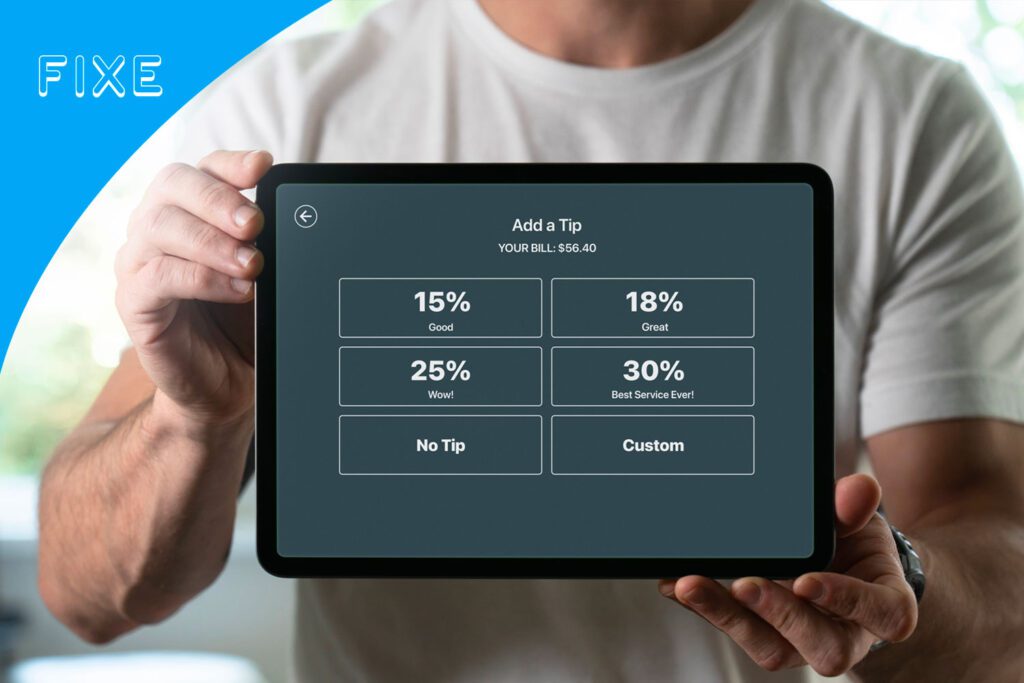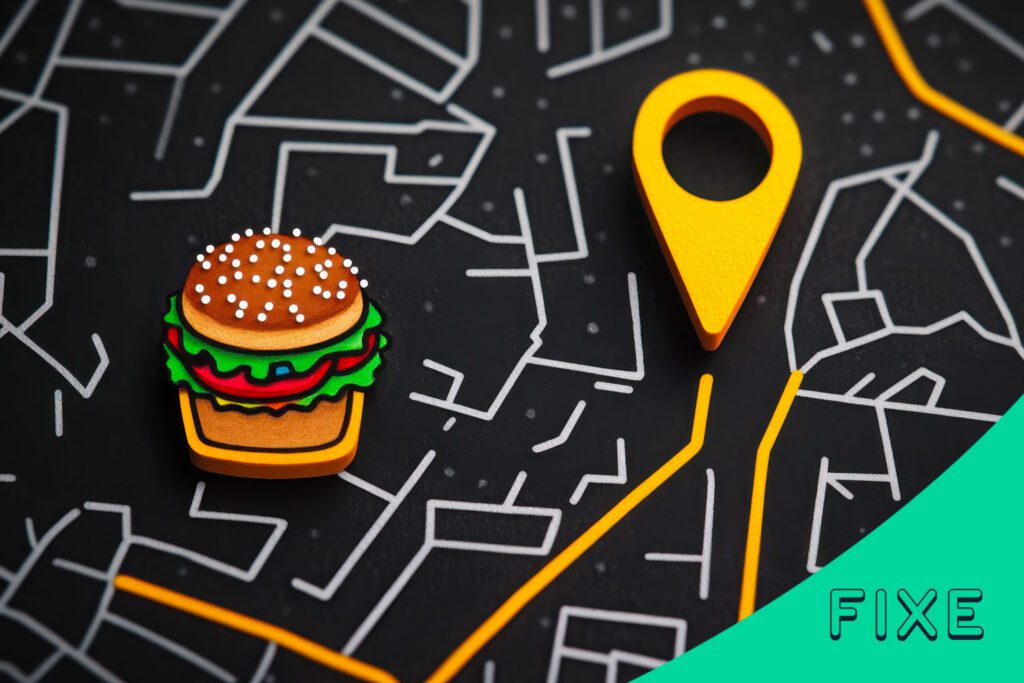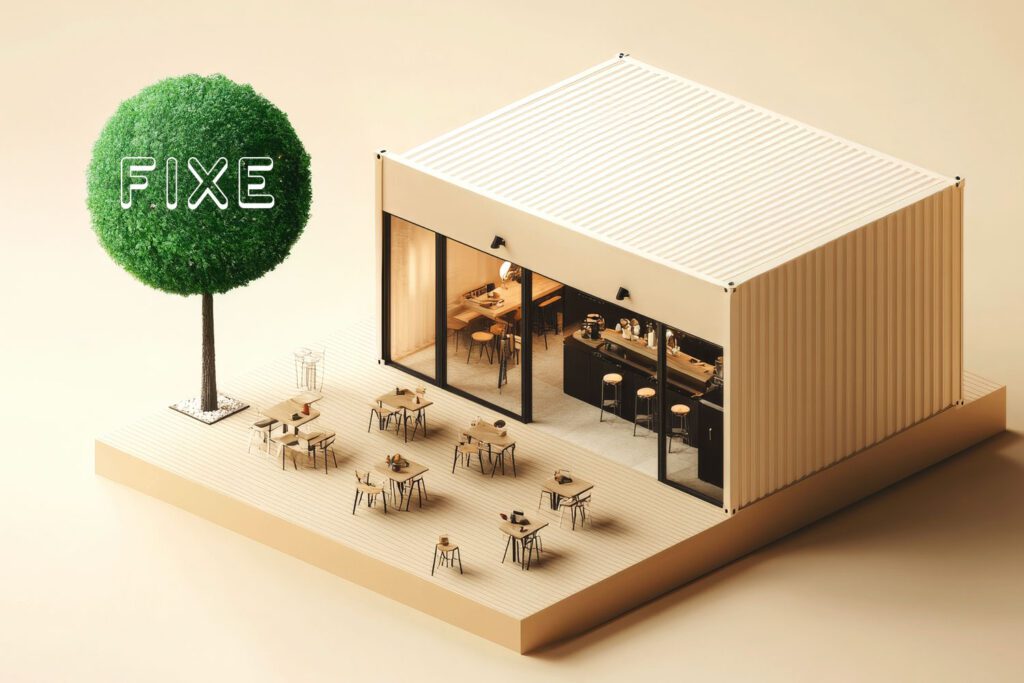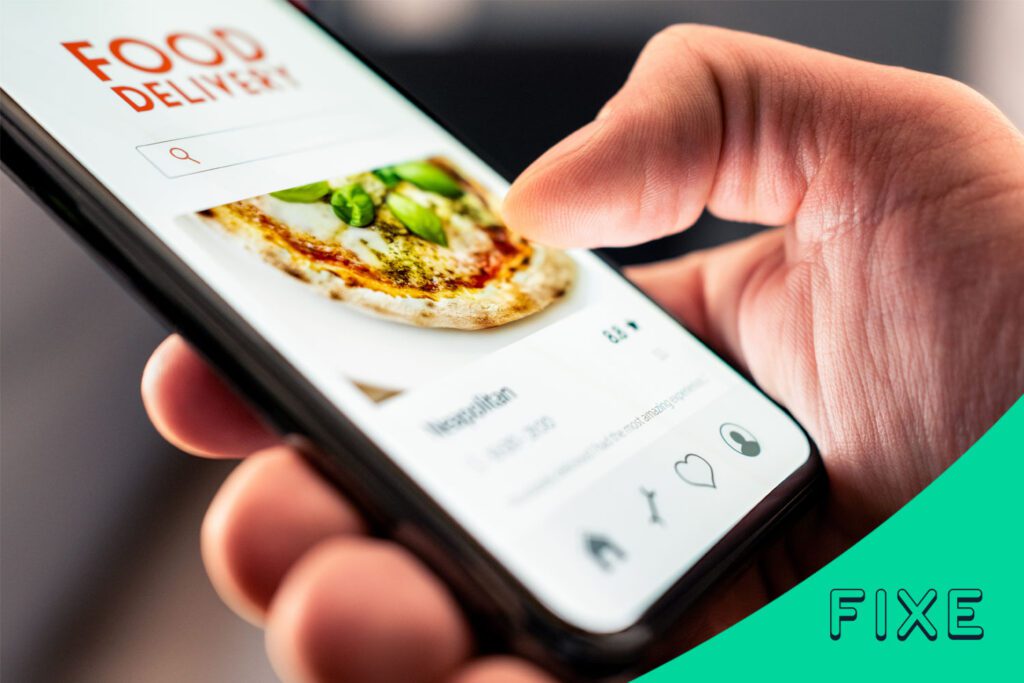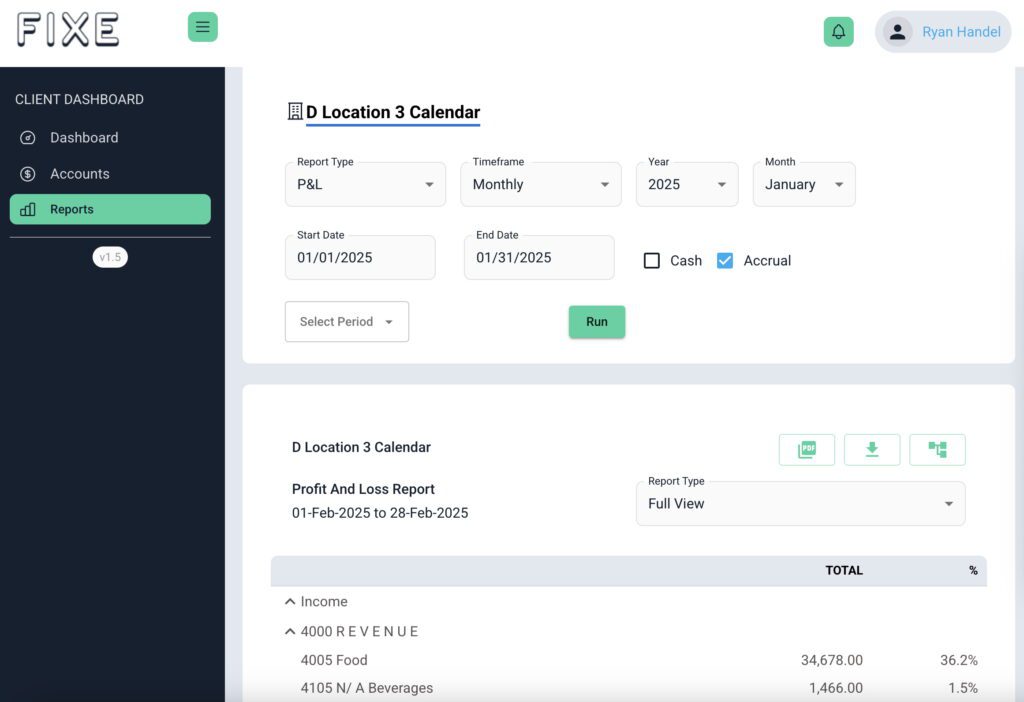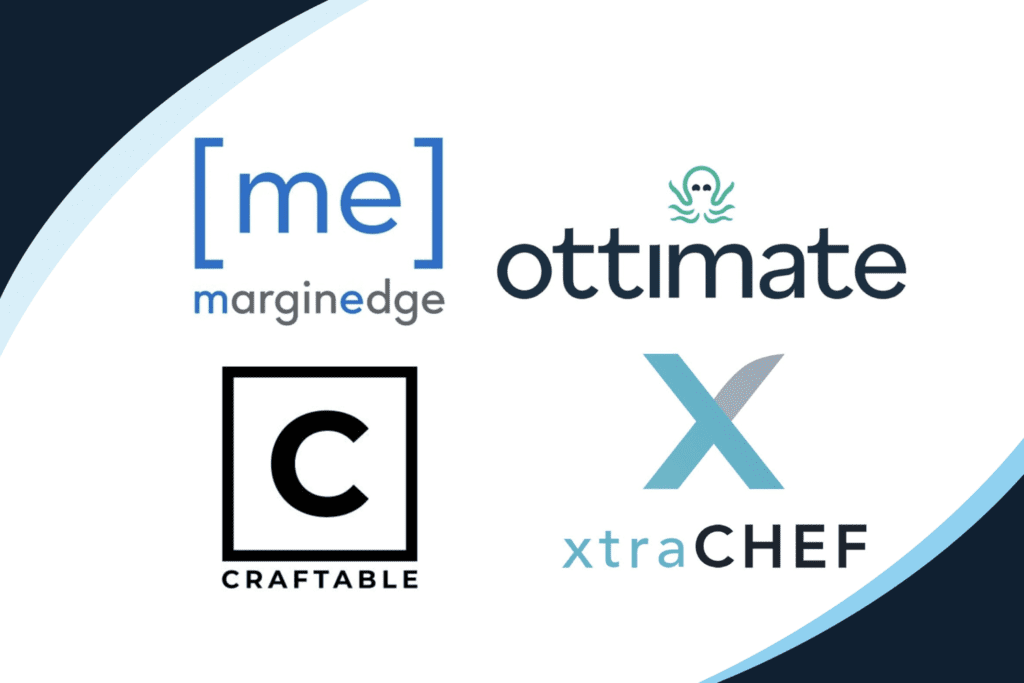Reno resident Bill Lindsey co-founded COGS-Well with longtime colleagues Dave Douglas, Glen Nelson and Mike Brown in 2019. The latest product from this serial entrepreneur integrates seamlessly with FIXE and is the latest stage in Lindsey’s 40-year journey to help restaurants get a better handle on inventory management.
Lindsey started working in the restaurant business in 1974 in Fayetteville, North Carolina. As a manager for Farrell’s Ice Cream Parlors, he was on the road for two years opening new restaurants. “I would set up the bank account, talk to the vendors, set up the credit and payment schedules, hire employees and train them. As soon as we got it up and running, I’d get a week off, and then I’d go to another town and do it again,” Lindsey recalls. “Great education. It set me up to go to Las Vegas and design and build restaurants there.”
That’s what Lindsey did until 1990. “I was a food and beverage director in Las Vegas,” he says. “We opened our fifth casino in 1984, and we were armed with #2 pencils. I had this idea for a central purchasing operation that would put three competitive bids on every product we buy using pre-approved pricing. We needed a computer system to make it work. There were no PCs at that point, so we hired a company in Las Vegas to write my first system, and the owner of that company is now my wife. That’s where I met her.”
Lindsey was an independent consultant to restaurants and restaurant technology companies for years. Dave & Buster’s asked him to replace an inventory system he previously installed. He found Compeat Restaurant Management Software, which was a new company. “I rolled that out to Dave & Buster’s on the agreement that Compeat would let me completely redesign the inventory and recipe system because it lacked functionality and was too difficult to manage,” Lindsey says. “I was an equity partner at Compeat when the company was acquired by private equity in 2015, and subsequently acquired by Restaurant365.”
“Compeat was the first all-in-one restaurant management system with a General Ledger, payables, receivables, payroll, labor, inventory, and recipes,” Lindsey says. “We dominated the market for many years and learned a few lessons along the way. One lesson is that if you have an all-in-one solution, you become averse to innovation. It’s like a three-legged sack race. You’re bound together in a way that makes it clumsy.” With COGS-Well, they’re not trying to do it all, just be the very best solution for managing the cost of goods sold.
The challenges Lindsey faced with existing inventory software motivated him to find a solution. “Have you ever set up an inventory system?,” he asks. “It’s one of the most miserable jobs ever. It’s traditionally typing in the name of every item in the building, how it comes packed, how you might count it, and how you might use it in a recipe.” One problem: limited data.
The solution presented itself while Lindsey was working as a strategic advisor for Plate IQ (now Ottimate), an automated Accounts Payable software company. “I was looking at all the data that they’re scraping off these invoices and the hair on the back of my neck stood up,” he says. Lindsey called his partners, who concurred. They all agreed to build an inventory product that uses all of that data. While large broad line vendors offer direct EDI (Electronic Data Interchange) connections for ordering and invoices, scanning invoices plugged a major hole in terms of data availability.
“We started COGS-Well as an API integration to Plate IQ, which we still use today,” Lindsey says. “We also have our own OCR scanning solution called Invoice+, and we integrate with other vendors like ChouxBox and Factura. We like to keep the doors open for integration so that customers can decide what products they choose to use.”
Lindsey summarized four key selling points for COGS-Well users:
- Fast, Easy & Inexpensive Setup
- “Hands Free” Invoice Automation
- Unique Receiving Audit Service
- Easy Recipe Management
HOW COGS-WELL WORKS
Lindsey’s pitch has several big picture takeaways for potential COGS-Well clients: “Better quality data with full automation. No receiving function in the store. Just scan or take a picture of the invoice and move on with your day. Everything from that point forward happens automatically. The only thing we need from restaurant staff is to periodically count what’s left.”
AUTOMATION
“Any new item that shows up on an invoice, our system is designed to automatically add to the inventory system using our standard packaging library. That includes the detailed recipe units they will need to track ounces, grams, teaspoons, etc.” Lindsey says. “Nobody has to manually enter anything. The kids call it AI. We call it data mapping. It’s been around forever if you know how to do it.”
HUMAN AUDITORS
“This is powerful technology, but we still use an eyes-on human audit,” he says. “An auditor’s job is to open every new item and make sure we read the vendor pack size accurately and set the item up properly. We have a dashboard that monitors activity for all of our customers. An automatic function looks for suspicious activity on invoices. When we see the price either spike or crater for an inventory item, one of our auditors investigates. Maybe the vendor changed the packaging, or maybe it was read incorrectly.
Sometimes on invoices, an 8 will look like a 0 to an OCR (Optimal Character Recognition) system, so it will create a duplicate item. We have a merge function that solves for that. For vendors we have EDI connections with, there’s a little switch for a catch weight. If you’re buying cases and receiving pounds, they sometimes forget to send that little bit. In most other inventory systems, all of a sudden, a $5 pound turns into a $5 case, and their food costs go up. In COGS-Well that hits the dashboard, our auditors go in and correct it.”
FAST SETUP
“How hard is it to maintain your inventory item database? Setup can be grueling. It’s generally a couple months of manual data entry. Sign up with COGS-Well and we can usually do that for you in a couple of days. We won’t bill a new customer until after we complete this step for them, along with adding their vendors and general ledger accounts.”
STANDARDIZATION
“Units of measure can be very fragile in most systems, and very inconsistent,” Lindsey says. “We built a standard packaging library for every product you’ll ever buy, no matter who it’s from. We map all those disparate vendor pack descriptions to our standard packaging.”
RECIPE MANAGEMENT SYSTEM
1) “We’ve got a scalable Recipe Viewer, with step-by-step instructions with pictures that you can use on tablets,” Lindsey says. “Bring up a recipe and you can scale it for large parties, banquets, and special events. ‘I need 100 servings. How many eggs do I crack?’ That sort of thing.”
2) “If you have a seasonal menu item or change a recipe in the system, recipe software will always use the newest recipe when reporting historical data. It’s liable to be wrong if that’s not how you used to make the item,” Lindsey says. “All of our competitors’ systems have this same vulnerability. They tell you that you have to inactivate or retire the old recipe. Start a new recipe with new ingredients and map the POS code now to the new recipe. We created Recipe Versions. If you want to change or adjust a recipe, click an “add version” button, put in the date that the new menu or recipe goes into effect, and change the ingredients with an effective date. You can have the same recipe with multiple versions over time.”
3) “COGS-Well provides full Prime Cost analysis,” Lindsey says, “meaning you can assign a job to a prep recipe and calculate the full cost of each recipe, including the labor required to prep fresh ingredients or break down primal cuts into steaks or portion fresh fish.”
4) “Sometimes the ingredient driving price increases is not what you expect,” he says. “We’ve seen some dramatic price changes. A couple of million chickens had to be slaughtered a couple of weeks ago because of bird flu. What do you think that’s going to do to egg prices tomorrow? Or to chicken prices and chicken wing prices going forward? With all of these dramatic events, we have cost alerts. Set a percentage trigger. Like, ‘I want a 5% cost alert on meat.’ So anytime a meat product cost moves up or down 5% or more, it hits the dashboard and says, “Prices are up 17%.” You’re either going to change the recipe or change the sales price.”
USAGE PROJECTION
“We have an usage projection tool to make recommendations on how much to order, transfer, prep and when,” Lindsey says. “Look back over the last six Mondays. What’s my average usage compared to what’s on hand? Look 3 days into the future and tell me how much I need to prep today, so I have enough to last 3 days. If it’s a 3-day shelf life and you make it every day, you’re using 3 times the labor dollars. Why not make a 3-day batch and make it every three days? A lot of those little nuances in the recipe system will help people be more efficient and profitable.”
WASTE REDUCTION
“Are you buying too much food?,” he asks. “If you’re buying canned goods, you’re just tying up capital. But if you’re buying a fresh product, you’re running into a waste issue. The product’s expiring before you have a chance to use it. You don’t want to over buy. If you’re using usage projection, then we can help people purchase more efficiently and not order too much food.”
“Portioning is important,” Lindsey says. “Figure that out by comparing your theoretical to your actual usage. I had one customer in the deli business. His problem was tuna salad. They were using the wrong scoop, and they were over portioning the tuna. He didn’t figure that out until he saw a theoretical variance between how much tuna he should have sold compared to how much he actually used. It can also be things like over portioning fries or cutting the steaks too large.”
“It’s just as dangerous to under-portion. If I come to your restaurant and always get a handful of French fries. Then I come in and I get a little portion of French fries. I’m wondering what’s happening here. Consistency is key, and the only way to know is to track your recipe’s theoretical usage and compare it to your actual accounted for and received usage.”
Lindsey and his partners have created and provided restaurant inventory and recipe management solutions for decades. With COGS-Well, the culmination of that collective experience, they built their most powerful software yet to benefit restaurant operators.

